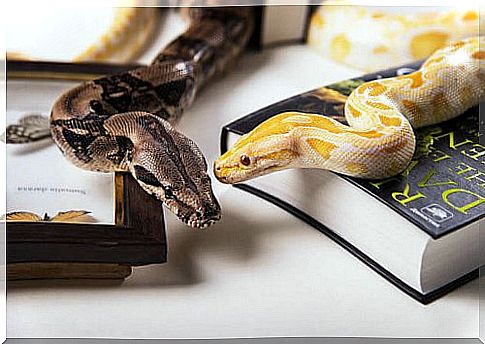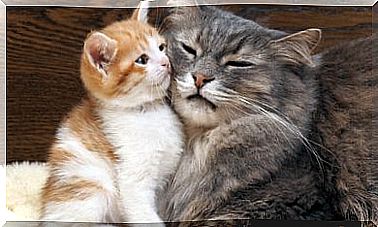Feeding Of The Domestic Snake
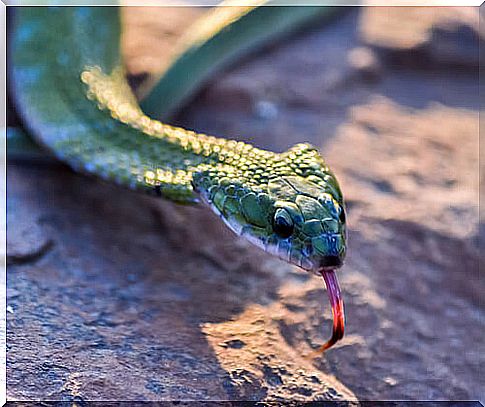
Nutritional variations are very typical in reptiles, although this does not happen with the so-called snakes. Some rodents will be more than enough, although the feeding of the domestic snake has its degree of complexity.
Hours of food, state of the rodent, feeding area and hibernation are aspects that we must know in depth. Having a domain of this information will be beneficial for our exotic pet.
Rodents: The basis of their diet
Rodents are the favorite food of this species. In captivity, their main food is mice, although they also usually eat rabbits and guinea pigs.
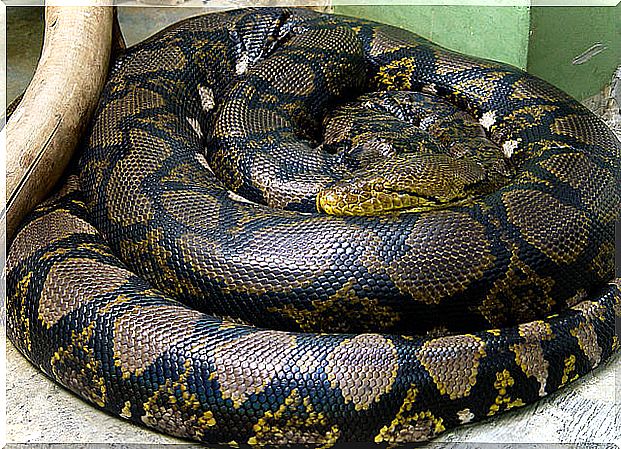
We can define the snake as a basically carnivorous animal, although there are omnivorous species. Their inclination towards rodents has to do with their way of hunting and the characteristics of their body.
With regard to nutritional contributions, everything will basically depend on the diet that each particular rodent has had. In addition, the fact that snakes can eat the entire animal allows them to capture each nutrient from it.
How do we serve you the food?
Usually, the owners of this pet buy frozen rodents. In this sense, the correct thing is to wait for the mouse or hamster to thaw naturally. Obviously, we cannot give it to you frozen and it is not so advisable to heat it artificially.
In addition, it is always advisable to feed the snake outside the terrarium. The fact is that if we used to place food on it, it could get confused and attack us when we put our hands in it.
Those who already have a snake at home will know that this reptile should be fed once a week, generally speaking. The rest and digestion of the animal are slow processes, although this can vary a little according to the species.
The best thing is that the rodent is dead
Even though these are hunters par excellence, it is appropriate to accustom the animal to eating dead rodents. The objective is to prevent the mouse from doing any harm to the reptile in the middle of the struggle.
Over time, he will just get used to it and his head or trunk will not get hurt. It should be noted that, if a snake rejects a particular specimen, it is best not to insist. And it is that this could be contaminated.
Feeding the domestic snake
There is a basic principle that governs the feeding of the domestic snake: the smaller, the more frequently it feeds. While they are younger, their metabolism is faster and the size of the prey they can swallow must be smaller. Once grown, they are considered a large species.
For example, when the reptile is newborn or measures a maximum of 90 meters, it should be given a mouse or two weekly. On the other hand, up to the 180 meter limit, it is appropriate to give it a rat every seven or ten days.
In the event that it exceeds 180 meters in length, the animal’s food should be one or two rabbits, every ten days or more. The more food it processes, its growth will be faster and more uncontrolled.
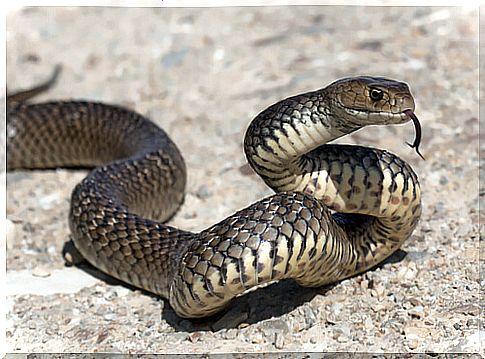
Not everything is mice
In the feeding of the domestic snake, the mouse is the base plate, although not the only one. We have already commented that in the case of the oldest reptiles, the suitable food is the rabbit.
But there are other combinations we can try. For example, if we want several we can put a mixture of fish with some benign insects such as larvae. Crickets are not an option as they are capable of eating their scales.
Notably, some species of snakes eat eggs or even other small reptiles like frogs.
Rest, key in the feeding of the domestic snake
The process of rest and hibernation is what allows this animal to gobble up entire prey. Therefore, the owners must try to respect said rest avoiding manipulation of the snake.
The first three days are key and the correct arrangement is to leave them alone in their terrarium. Handling them in this period can cause vomiting and the entire expulsion of food. Another aspect to remember is that many of them exercise their diet at night.
Respecting the digestive cycles of these pets, raised in captivity as opposed to wild ones, is vital to their development and well-being. We have to bear in mind that adaptation to such highly specific qualities is necessary when it comes to the animal kingdom.
It might interest you …
Main image source: Deven Dadbhawala
